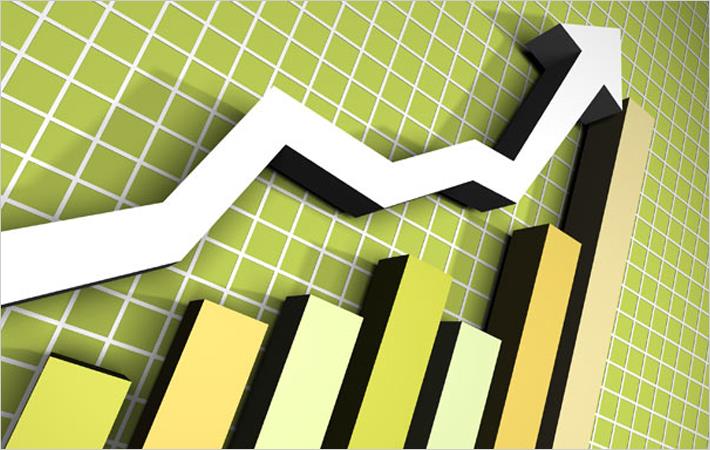Indian economy to grow at 7.3% in FY 2018-19: World Bank

In fiscal 2017-18, which ends March 31, Indian economy is estimated to grow 6.7 per cent, slightly down from the 7.1 per cent of the previous fiscal year. “This is due in part to the effects of the introduction of the Goods and Services Tax (GST), but also to protracted balance sheet weaknesses—including corporate debt burdens and non-performing loans in the banking sector—weighing down private investment,” states the report ‘Global Economic Prospects: Broad-Based Upturn, but for How Long?’
Private investment, however, is expected to revive in FY 2018-19 as the private sector adjusts to the GST and a global trade recovery lifts exports.
In South Asia, growth slowed to a still strong 6.5 per cent in 2017, but it is forecast to accelerate to 6.9 per cent in 2018. “Consumption is expected to stay strong, exports are anticipated to recover, and investment is on track to revive as a result of policy reforms and infrastructure upgrades,” says the report.
Excluding India, growth in the South Asian region is projected to pick up to 5.8 per cent in 2018 and to 5.9 per cent the following year as domestic demand remains robust and exports recover. Pakistan is expected to accelerate to 5.8 per cent in FY 2018-19, which begins July 1. Bangladesh will grow at 6.7 per cent in FY 2018-19, benefitting from strong domestic demand and strengthened exports. Sri Lanka is forecast to accelerate to 5 per cent in 2018, mainly reflecting strong private consumption and investment growth.
Terming that risks to the outlook are mainly domestic, the report states that “setbacks to reform efforts in the corporate and financial sectors, disruptions due to natural disasters, and challenges that weaken domestic demand could subdue growth prospects.” Increasing liabilities across the region could also derail fiscal consolidation efforts, with weaker debt sustainability dampening financial market confidence. Externally, an upswing in global financial volatility could slow growth. However, on the upside, stronger-than-expected global growth could result in faster growth than anticipated in the more open economies in the region. (RKS)
Fibre2Fashion News Desk – India
































-Ltd..jpg?tr=w-120,h-60,c-at_max,cm-pad_resize,bg-ffffff)





.jpg?tr=w-120,h-60,c-at_max,cm-pad_resize,bg-ffffff)
.jpg?tr=w-120,h-60,c-at_max,cm-pad_resize,bg-ffffff)






